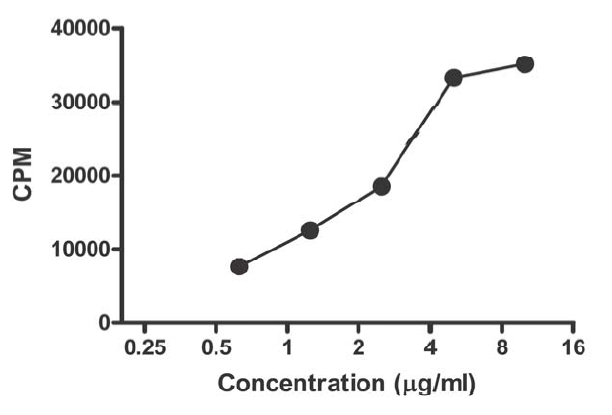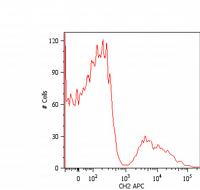CNY 5,902.00
5周
Human IgA mouse monoclonal antibody, clone NI 69 (A89-034) and NI 184 (A89-035), Ascites
| Applications | To identify the presence of IgA in Human serum, other body fluids, cell and tissue substrates and to determine its concentration in techniques as Radioimmunoassay, ELISA, Indirect Immunoperoxidase and Immunofluorescence staining of cytoplasmic IgA, Haemagglutination and Immunoblotting. General Recommended Dilutions: Histochemical Use: 1/50-1/200. ELISA: from 1/500 upwards. Western blot: from 1/1000 upwards. |
| Reactivities | Human |
| Conjugation | Unconjugated |


 United States
United States
 Germany
Germany
 Japan
Japan
 United Kingdom
United Kingdom
 China
China








